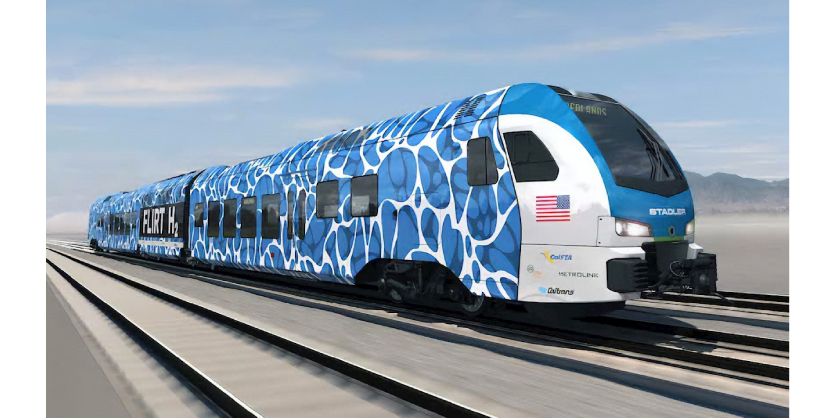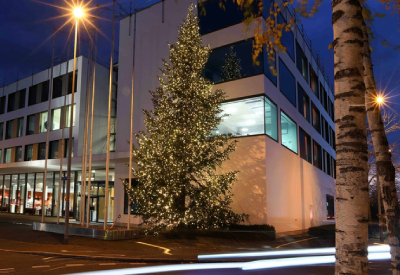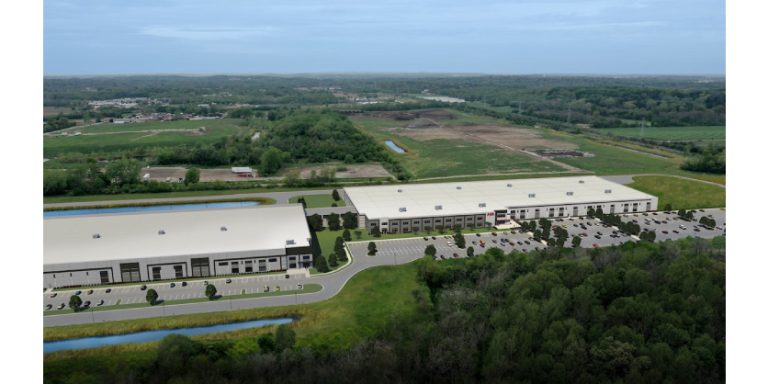ABB: FLIRTing With the Future of Rail
ABB traction systems drive first hydrogen-powered train in the US
Sepember 21, 2023

According to EPA estimates, 29% of all CO2 emissions come from transportation, the largest share of any sector of the economy. It’s not surprising then that the industry has been in the spotlight as suppliers, operators and governments seek to improve efficiency and cut emissions. Rail travel has long been one of the most—if not the most—energy-efficient methods for moving people and things, but while municipal rail transit systems make use of electric drive systems, long-haul trains are another story.
This is especially true in the US where only around 1% of the nation’s heavy rail networks are presently electrified. That has placed a premium on solutions that can replace diesel locomotives. Enter Stadler Rail, the Swiss manufacturer. The company’s FLIRT (a German acronym meaning “light intercity and regional trainset”) units are already widely used, but the company has redesigned the rolling stock to accommodate a fuel cell, battery and hydrogen fuel supply.
The result is the FLIRT H2, and it will be the first hydrogen-powered train in the United States when the San Bernardino County Transportation Authority (SBCTA) puts the zero-emission train into service next year. The trains are comprised of two cars, each with six FCmove HD+ fuel cells that deliver 100 kW each.
Power is sent on to the drivetrain where ABB is providing the traction converter, a DC/DC converter, three Bordline® ESS 28kWh battery packages, and a battery thermal management system. The fuel cell / battery combination stores enough energy to operate the train over 285 miles daily and the traction system as a whole is designed for 25,000 operating hours of operating life.
That will be more than adequate to run the FLIRT H2 on the Redlands Passenger Rail Project, a nine-mile stretch of track between the San Bernardino Transit Center and the University of Redlands in the eastern suburbs of Los Angeles. The trains will refuel at a new hydrogen fueling station at SBCTA’s Arrow Maintenance Facility in San Bernardino, thought the trains are equipped with regenerative braking systems as well.
Per US regulations, the hydrogen tank and fuel cells are housed in a Power Cab separate from the passenger compartment. The lithium titanate batteries are placed on the roof of both cars, which can also be retrofitted to use a pantograph if overhead power lines are available.
The Redlands Passenger Project represents an important first for US transit systems looking to make their operations more sustainable. The underlying technology is not new, but the experience gained in this application will position SBCTA as a resource for other transit agencies evaluating their options for emissions-free propulsion.
More Information
More infrastructure stories here.
Related Story
ABB Wins $170 Million In Orders to Enhance Europe’s Railway Network
ABB has been awarded from Stadler Valencia orders worth $170 million to power more than 300 new trains and locomotives with highly energy-efficient traction technologies. They will be used in different European railway networks to modernize and reinforce train transportation in countries such as Spain, Portugal, UK, Germany, or Austria, as well as in some European railway corridors. The majority of these orders have been booked in Q3, 2022. The scope of supply includes ABB’s traction converters and motors to power the trains.





